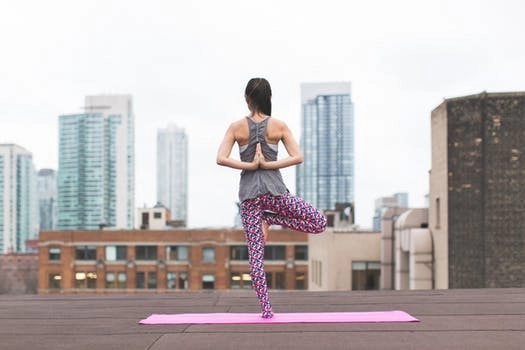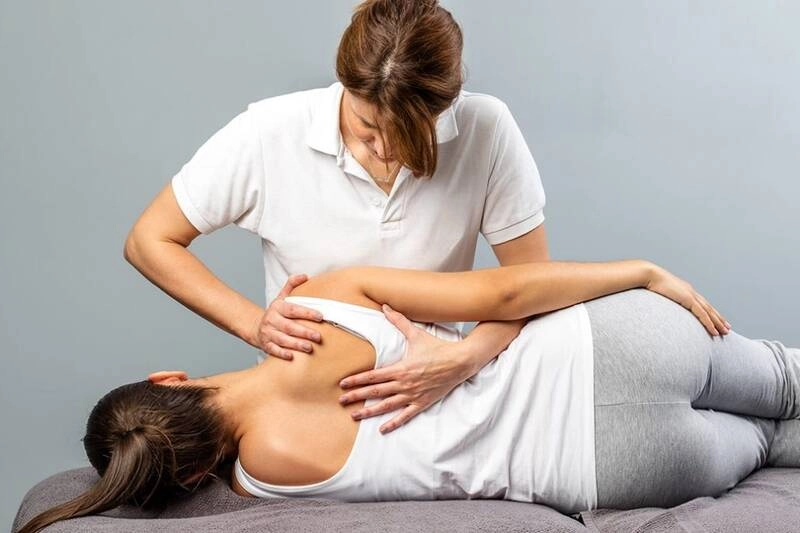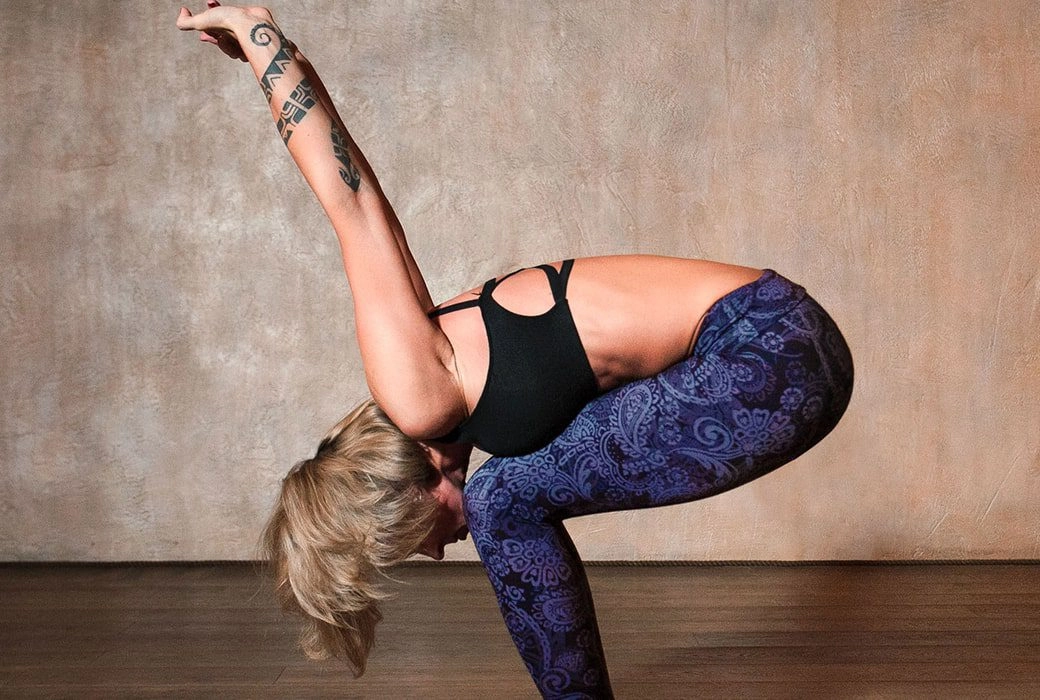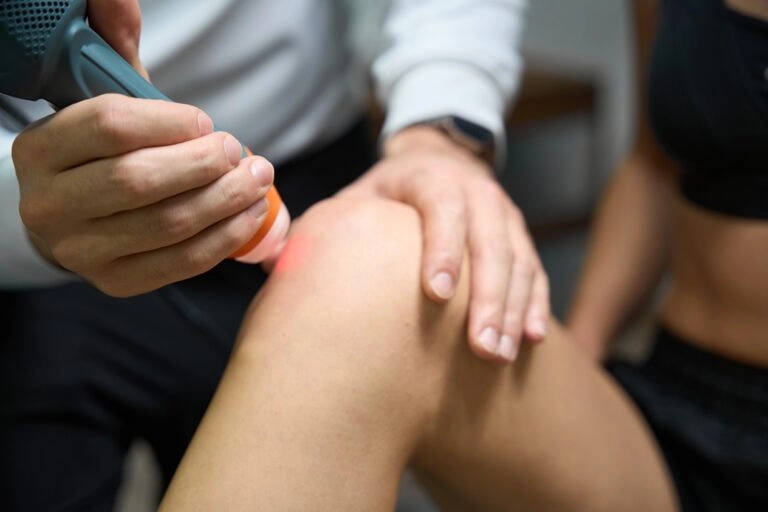Scoliosis. It’s not as uncommon as you might think. An estimated 4 or of every 1,000 children will develop it and while it mainly makes itself known in childhood or early adolescence, it can strike at any time.
While the reasons some people develop this curvature of the spine and others don’t isn’t fully understood but most people with this condition can:
- Be born with a predisposition to it (if their parents had it, their chances of developing this is greater)
- Develop this as a young child (called early onset)
- Develop scoliosis as a teen (called adolescent idiopathic)
- Develop this as an adult (called degenerative or de novo)
What are the Symptoms of Scoliosis?
In its earliest stages, there are virtually no symptoms and it often goes unrecognized until children begin a rapid growth spurt in their early teens.
For adults, it’s often overlooked since there can be multiple causes of back pain.
Some of the signs to look for are:
- A spine that is visibly not straight
- One side of the ribcage that sticks out to one side
- A head not centered on the shoulders (it tilts to one side)
- Hips that sit at an angle
Is Scoliosis Painful?
Most children and teens don’t seem to feel pain from this disease until it becomes very advanced. Adults, however, often complain of pain as the curving spine touches, stretches, or squishes the nerves. Also, the pain from the displacement of the discs in the spine can also cause pain if they touch the nerves.
The curvature of the spine stretches and pushes on the joints, causing them to become inflamed and the muscles, which become tight or tired from being pushed and pulled on, cause pain and weakness.
Diagnosis
This is a complex issue that must be addressed and diagnosed by a doctor to prevent the curvature from becoming worse. Your chiropractor is the perfect health care professional to diagnose and treat scoliosis since they are specialists in the entire musculoskeletal system.
Treatment

Most people want to know how to fix scoliosis naturally. The good news here is that in almost all but the most extreme cases, this problem can be addressed using holistic, non-invasive, drug free methods.
Some of the best treatment options include:
- Chiropractic Care-Studies have found that patients who received regular chiropractic adjustments and other modalities had less pain and improved straightening of the spine. These findings were still valid at the 2 year follow up period. In addition to adjustments, your chiropractor might also add other types of treatment to your healing plan, including chiropractic massage, hydrotherapy, and special chiropractic scoliosis exercises to improve the muscles that support the spine.
- Support Braces-These are sometimes used when young adolescents are going through quick growth spurts to encourage the spine to straighten itself and grow in the correct position.
- Exercise-In addition to the exercise routine your chiropractor will suggest, other type of exercise can help reduce pain and encourage the spine to position itself properly. Some of the best exercise plans include swimming, stretching, Pilates, and yoga.
Some people have fears that chiropractic can make scoliosis worse, but this usually comes from a misunderstanding of what scoliosis is and what chiropractors do.
Chiropractic adjustments, while they can produce cracking noises, do not actually crack or break anything. The noise you occasionally hear is simply escaping gas from the joints, like when you open a bottle of soda. The chiropractor does not break or fracture the spine to realign it, but gently repositions the spinal joints to their proper position via manual manipulation.
While some patients report muscle soreness afterwards, no one has reported any type of serious side affects from adjustments and most people state that they feel an immediate sense of relief after their adjustments.
The 5 Ways Yoga can Help with Scoliosis
Chances are that your chiropractor will recommend yoga in addition to your other treatments. If the clinic does not hold yoga classes at the facility, they will be able to recommend a suitable yoga studio/instructor that works with patients who suffer from scoliosis.
While yoga has been proven to help with both the pain of scoliosis and to improve the positioning of the spine, until you are more familiar with the poses, these should be done under the supervision of your chiropractor or physical therapist, unless your yoga instructor has specialized training in this area.
Need more proof that yoga is super helpful for those with scoliosis? A recent study from Columbia University in New York found that performing even a single yoga pose for a minimum of 90 seconds at least 3 times per week can improve scoliosis in just 3 short months. Practicing yoga for scoliosis issues is another tool you can use to reduce or reverse that curve!
How Else Can Yoga Help?

#1. Improve Breathing through Pranayama
One of the primary issues with scoliosis is a difficulty with breathing. When the ribcage is pushed out of position, breathing can become compromised. Through stretching and breathwork (called pranayama) you can increase your overall lung capacity. More oxygen coming into the body means improved energy levels and cognitive function.
The Deergha Swasam (three-part breath) encourages the deep and slow breathing from the diaphragm as the lungs are filled and emptied using a three-step method. You can put one hand on your belly and one on your chest as you do this as a means of noticing any difficulties or limitation you are having.
#2. Side Lying Savasana
Some individuals find that the pressure of the floor on their backs causes them pain or it makes them more aware of the lack of symmetry their backs have. This causes people to try to actively “fix” or reposition their backs, even when you are supposed to be relaxing.
By lying on the side that is more convex, you will be able to relax fully. You can also use a pillow or rolled up towel to support the part of your ribcage that is rounded outwards. This will still encourage adjustment but more passively.
#3. Move Slow and Sure
For those with scoliosis, the trick to making yoga work for you is to practice poses slowly. Hold each pose for at least 5 breaths, focusing on elongating the spine and breathing through your diaphragm. You can perform a milder version of almost every pose. Imagine filling your lungs from bottom to top, then releasing from top to bottom.
While proper pose and alignment is an important part of every yoga pose, for those with scoliosis, it becomes a vital part of the healing process. You will encourage quicker healing and release tight muscles by taking things slowly and focusing on a long, straight spine.
#4. Don’t Forget Yin
Yin, otherwise known as restorative classes, are a series of passive floor poses that work the lower part of the body, including the lower spine. These poses are held for longer periods of time than regular yoga poses, some for as long as 5 minutes.
Yin is the stable and unmoving aspect of life (as opposed to yang, the constantly moving part). Yin yoga works the more stable and unmoving parts of the body, such as the ligaments and tendons. Unlike muscles, connective tissue needs a slower, more steady type of stretch to become longer and stronger. When you improve the tissues, which support and connect the muscles, the body is better able to maintain a balance.
#5. Emphasize Poses that Lengthen Muscles Between the Ribs
The shorter side of your torso can be lengthened by stretching the muscles using certain poses called side glides or side bends. With a side bend, you lift one shoulder higher than the other, such as in the reverse warrior pose. When doing a side glide, however, you keep the shoulders and head level as you move the rib cage from side to side. Your instructor can help you perform these properly.
When you do these poses, you will feel a stretch on one side, and that is the area you will be focusing on making longer. By encouraging these shorter or tighter muscles to become longer and more flexible, you release the spine so that it can return to a more normal position.

Top Yoga Poses for Scoliosis
The top 5 poses recommended are:
- Right Angled Wall Stretch
- The 3 Part Kitchen Sink Pull
- Lunges
- Extended Puppy Pose
- The Dog and/or Cat Tilt
Don’t become overly focused on how much or how little your efforts to change your scoliosis are accomplishing. Your goal isn’t to be perfect, but to prevent any further increase in the curvature of the spine. Your alignment will take time and many small steps during this journey.
In your day to day life, you can still work on lengthening the spine by focusing on the best posture possible, working on keeping your body as tall as you can imagine it to be. If one of your shoulders is slower than the other, you can help to keep them level while sitting by placing the arm of the lower shoulder on an adjustable armrest, so the shoulders are even.
Your chiropractor can offer a great many useful suggestions on how to improve and correct your scoliosis. Don’t be afraid to ask them any questions or concerns that you might have.
If you know someone who might benefit from this information, please feel free to pass it along.









